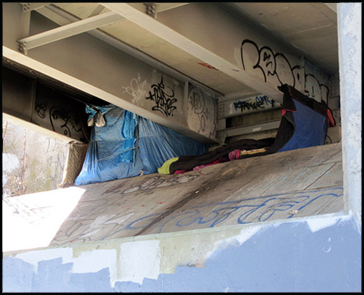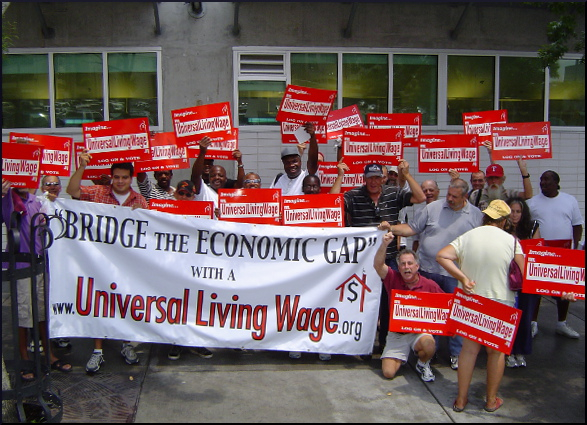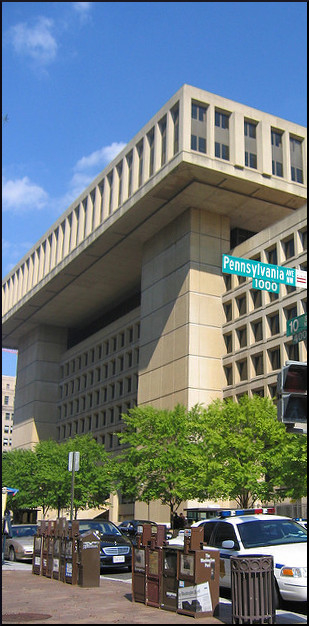Created by Richard R. Troxell as a House the Homeless, Inc. project in 1989, the HtH Plastic Pocket Resource Guide is designed to equip persons experiencing homelessness with easily understood information on what, where, when and how resources (food, shelter, healthcare, crisis numbers, etc.) can be accessed. This takes into consideration the fact that many of these neighbors do not have access to phones nor computers. We have updated this critical resource 18 times with 10,000 printed each time.
Members of HtH keep them in our vehicles as do our full Board of Directors. We fold a dollar into each one and hand them out to people standing on our corners. We exchange first names and it breaks the ice with those who often feel ignored or even invisible. Other organizations and churches request a number of these and we invited a small donation to offset costs.
The Plastic Pocket Guide is an 8 paneled card that is printed, laminated, (against the ravages of rain) and scored so they can be folded down and placed in a pocket. We ask that the cards not be photo-copied but rather that people contact us for new or replacement cards so we can monitor the level of community need.
We afford this project through individual donations; and over the years, a number of entities have supported re-printing, including most the City of Austin Parks Department. We provide one side of a panel for their important environmental communication. In that panel the Parks Dept. shares concerns about such things as defecating or urinating too close to water sources, etc.
As you can imagine, the Plastic Pocket Guides do what the Internet cannot, it provides valuable information along with the very personal message that society (the community of Austin) cares about them. Good stuff.









